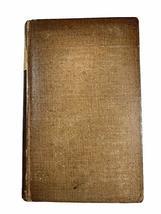International Library of Technology - and 12 similar items
View full item details »
Shipping options
Offer policy
OBO - Seller accepts offers on this item.
Details
Return policy
Full refund available within 30 days
Purchase protection
Payment options
PayPal accepted
PayPal Credit accepted
Venmo accepted
PayPal, MasterCard, Visa, Discover, and American Express accepted
Maestro accepted
Amazon Pay accepted
Nuvei accepted
View full item details »
Shipping options
Offer policy
OBO - Seller accepts offers on this item.
Details
Return policy
Full refund available within 30 days
Purchase protection
Payment options
PayPal accepted
PayPal Credit accepted
Venmo accepted
PayPal, MasterCard, Visa, Discover, and American Express accepted
Maestro accepted
Amazon Pay accepted
Nuvei accepted
Item traits
| Category: | |
|---|---|
| Quantity Available: |
Only one in stock, order soon |
| Condition: |
Unspecified by seller, may be new. |
| Binding: |
Hardcover |
| Special Attributes: |
Illustrated |
| Topic: |
Science & Medicine Chemistry |
| Year Printed: |
1950 |
| Country/Region of Manufacture: |
United States |
| Language: |
English |
| Original/Facsimile: |
Original |
| Place of Publication: |
Scranton, PA U.S.A. |
| Subject: |
Science & Medicine |
| Modified Item: |
No |
| Region: |
Scranton, PA U.S.A. |
| Author: |
Winkel, Herbert; DeFazio, Hugh E. ; Frattali, F. J |
| Publisher: |
International Textbook Company |
Listing details
| Seller policies: | |
|---|---|
| Shipping discount: |
Shipping weights of all items added together for savings. |
| Posted for sale: |
More than a week ago |
| Item number: |
901452629 |
Item description
International Library of Technology - Chemistry.
(12 hardcover book set)
Author:
Earl W. Kendall
Author:
Herbert Winkel
Author:
Hugh E. DeFazio
Author:
F. J. Frattali
Editor/Collaborator:
Morris Lawrence
Publisher:
International Textbook Company Scranton, PA U.S.A. circa 1950
International
Correspondence Schools (ICS) was founded in 1889 in Scranton,
Pennsylvania by journalist and editor of the Mining
Herald, Thomas
J. Foster.
Alarmed
by frequent mine accidents, Foster advocated better working
conditions and stricter safety regulations, which led to
Pennsylvania’s adoption of the Mine Safety Act of 1885 and the
requirement for miners to pass a safety exam.
In
order to help workers pass the new test, Foster began an advice
column in the Mining
Herald answering
mine safety questions.
Unsatisfied
with this solution, in 1889 he founded the Colliery Engineer School
of Mines, the first distance learning institution in the United
States. The organization changed names several times, finally
settling on International Correspondence Schools of Scranton.
The
mission of the school was to “provide practical men with a
technical education, and technical men with a practical
education.” To achieve its goal, ICS did not instruct its
students by standard textbooks, which it believed often contained
extraneous amounts of material and "demand[ed] too great a
knowledge of mathematics and other subjects." Instead, ICS
created its own specially prepared "Instruction and Question
Papers," which provided exactly the information the student
needed and questioned him only on that material.
ICS
enrolled 3,000 new students in 1894 and, with the creation of a sales
force, matriculated approximately 100,000 new students annually into
the early 1900s.
By
1900, one in 27 Americans had taken a correspondence course with
ICS. The
Pennsylvania Magazine of History and Biography
states
that it is “by far the largest single educational institution in
America’s history.”
The
International Textbook Company (ITC) was founded in 1895 by publisher
Thomas J. Foster in Scranton, Pennsylvania. ITC published
instructional papers, booklets, and textbooks for the International
Correspondence Schools, as a subsidiary department of ITC. The
textbook company and the school were dependent on each other since
their founding.
Many
men and women who didn't have the means for schooling past grade 8 in
the first half of the 20th century can thank them for their vision.
ICS and other later schools such as The American School of
Correspondence, provided a way to gain practical knowledge so workers
could better their earning potential without quitting work for 3–4
years.
The
International Library of Technology was published by ITC. These books
were bound volumes of the course materials for the more than 240
courses offered. These books were used and made available in at least
184 colleges, including the U.S. Military Academy at West Point and
Cornell University, and at least 649 public libraries. The set for
sale covers topics in Chemistry from the International Library of
Technology.
Each
book is made of separate sections, called parts. Each part is
numbered independently, starting at 1.
368B
Inorganic Chemistry – I, by Hugh E. DeFazio. Part 1 serial 5560A,
Edition 2 copyright1949, 1943; Part 2 serial 5560B-2, Edition 2
copyright 1950, 1943; Part 3 serial 5560C-1, Edition 2
copyright 1950, 1944. vi + 65 + 67 + 58pp.
369B
Inorganic Chemistry – II, by Hugh E. DeFazio. Part 4 serial
5560D-1, Edition 1 copyright 1944; Part 5 serial 5560E-1, Edition 1
copyright 1944; Part 6 serial 5560F-1, Edition 1 copyright
1944. vi + 53 + 56 + 51pp.
370B
Inorganic Chemistry – III, by F. J. Frattali. Part 7 serial 5560G,
Edition 1 copyright 1944; Part 8 serial 5560H-1, Edition 2 copyright
1944; Part 9 serial 5560I, Edition 1 copyright 1944. vi + 57 +
61 + 58pp.
371B
Inorganic Chemistry – IV, by Hugh E. DeFazio. Part 10 serial
5560J, Edition 1 copyright 1944; Part 11 serial 5560K, Edition 2
copyright 1944; Part 12 serial 5560L, Edition 1 copyright 1944.
vi + 62 + 67 + 55pp.
372
Organic Chemistry – I, by Herbert Winkel. Part 1 serial 199A,
Edition 4 copyright 1924, 1913; Part 2 serial 199B-1, Edition 4
copyright 1924, 1913; Part 3 serial 199C-1, Edition 4 copyright
1924, 1913. iv + 38 + 62 + 58pp.
373
Organic Chemistry – II, by Herbert Winkel. Part 4 serial 199D,
Edition 4 copyright 1924; Part 5 serial 199E, Edition 4 copyright
1925. vi + 67 + 61pp.
374
Organic Chemistry – III, by Herbert Winkel. Part 6 serial 199F,
Edition 4 copyright 1925; Part 7 serial 199G-1, Edition 4 copyright
1925. iv + 55 + 50pp.
375
Qualitative Analysis, by Herbert Winkel. Part 1 serial 2059A,
Edition 1 copyright 1926; Part 2 serial 2059B, Edition 1 copyright
1926; Part 3 serial 2059C, Edition 1 copyright 1936, 1926;
Part 4 serial 2059D, Edition 1 copyright 1926. vi + 50 + 48 + 52 +
49pp.
376B
Quantitative Analysis – I, by Earl W. Kendall. Part 1 serial
5455A, Edition 1 copyright 1940; Part 2 serial 5455B, Edition
1 copyright 1940. iv + 74 + 70pp.
377B
Quantitative Analysis – II, by Earl W. Kendall. Part 3 serial
5455C, Edition 1 copyright 1941; Part 4 serial 5455D, Edition
1 copyright 1941. iv + 62 + 62pp.
378B
Quantitative Analysis – III, by Earl W. Kendall. Part 5 serial
5455E, Edition 1 copyright 1942; Part 6 serial 5455F, Edition
1 copyright 1942. vi + 80 + 72pp.
379B
Quantitative Analysis – IV, by Earl W. Kendall. Part 7 serial
5455G, Edition 1 copyright 1942; Part 8 serial 5455H, Edition
1 copyright 1942. vi + 65 + 75pp.
Hardcovers with navy embossed boards, gold lettering on
spine, but no dust jackets. Books are extremely well-preserved.
Exterior as new with square corners. Interior are tight, clean and
unmarked. Open as if never read, no evidence of study or prior
ownership, no shelf wear. Always privately owned. Fine (As New)
condition.
Size: 12mo - over 6 - 7"
tall, 1,943pp
Condition:
Fine (As New) Hardcovers
w/o DJs – Always privately owned.
Copyrights indicate the set was last updated in the
early 1950s. Editions vary from 1st to 4th.
Print codes are a 5 digit code that I didn't interpret. Made in
U.S.A. No ISBN, LCCN nor MSR.
Notes on
Condition/Edition
ratings:
Fine – means like new, but any
book produced over 10 years ago isn't “brand new” or even “new.”
Booksellers needed some word to describe this...
Like New – A new book, no
marks no damage (except maybe remainder marks or shelf-wear) except
not obtained directly from the publisher or in packaging from the
publisher.
Very Good – How you or I might
take care of a book, closer to “as new” than standard. Might show
ownership.
Good – How someone else might
take care of a book. Also referred to as “standard.” This is the
most likely condition for books of this age title, shows the
book has been read or previously owned.
Acceptable – How a child,
student or a librarian might take care of a book. (Either trying to
make sure someone doesn't steal it by plastering ownership
everywhere, filled it with copious notes or a book that has been
damaged.)
Poor – Combination of
“acceptable” factors above. Most likely with water damage as
well. Might have
missing pages (you should ask).
Near – Means “almost” in
an optimistic sense. e.g., “Near Fine” means very good, but on
the high end.
1st
Thus
– Unique somehow, maybe 1st
paperback,
new illustrator, misprint or even the 1st
edition.
A collector
might desire this copy.
Thanks
for looking!
|
Why are we showing these items?
Collection
A Good Classic Read |

-
Refine your browsing experience
We can show you more items that are exactly like the original item, or we can show you items that are similar in spirit. By default we show you a mix.
This item has been added to your cart
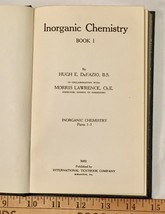 International Library of Technology - Chemistry. (12 hardcover book set) added to cart.
Only one available in stock
International Library of Technology - Chemistry. (12 hardcover book set) added to cart.
Only one available in stock
View Cart or continue shopping.
 Please wait while we finish adding this item to your cart.
Please wait while we finish adding this item to your cart.
Get an item reminder
We'll email you a link to your item now and follow up with a single reminder (if you'd like one). That's it! No spam, no hassle.
Already have an account?
Log in and add this item to your wish list.



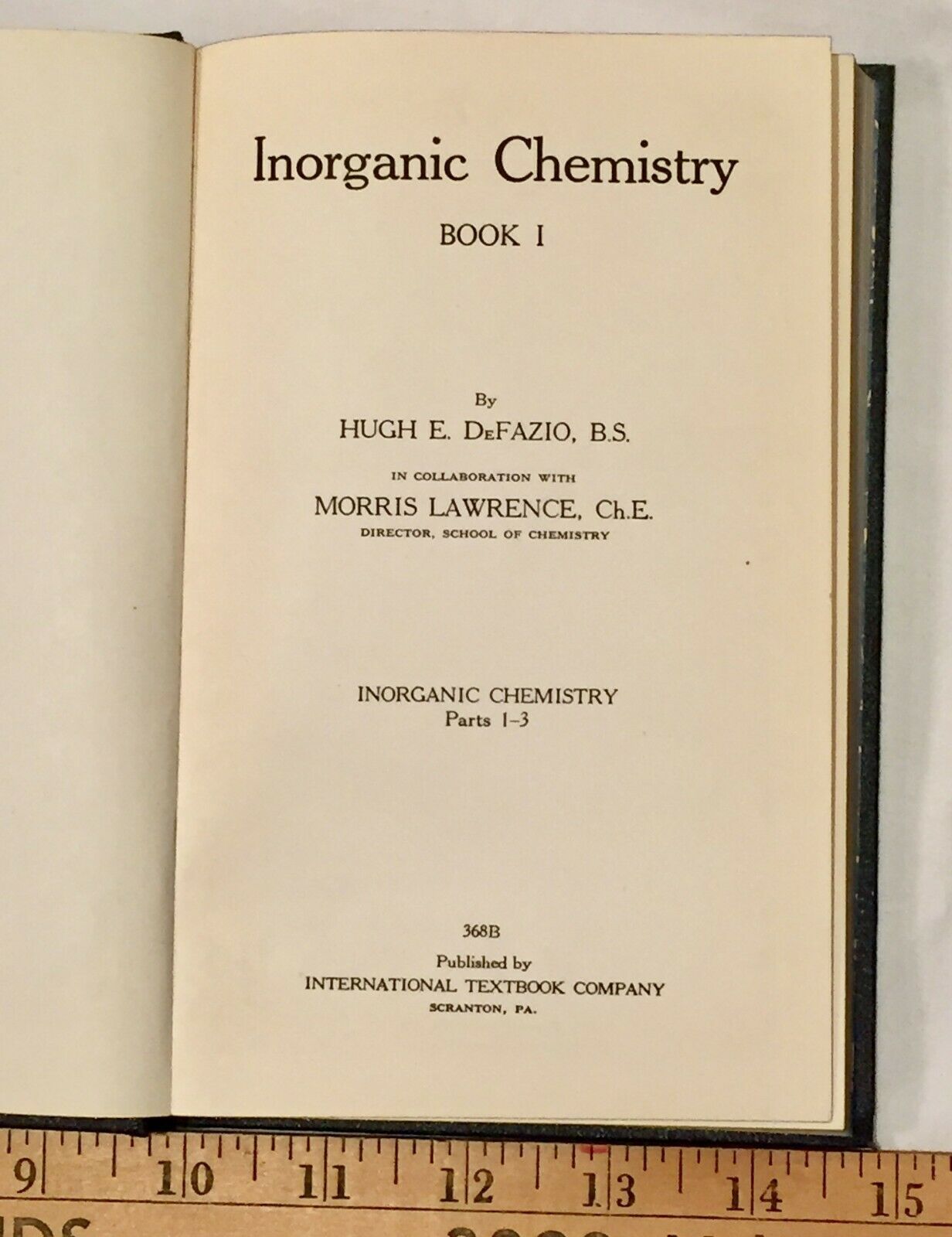






















![great illustrated classic books And Nancy Drew Hardcover Lot [Hardcover]... - $78.21 great illustrated classic books And Nancy Drew Hardcover Lot [Hardcover]... - $78.21](https://images-bucket.bonanzastatic.com/afu/images/916f/c588/f72e_9254258541/51v9faq5ozl._sl1500__thumb200.jpg)
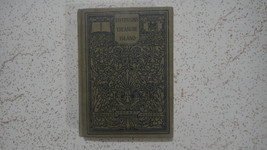
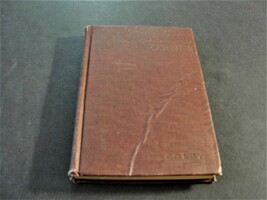

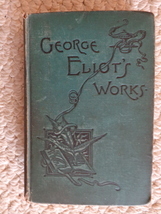
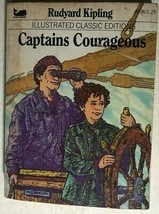

![circa 1900 Rare Classic Book "Ivanhoe" Sir Walter Scott [Hardcover] unknown - $78.21 circa 1900 Rare Classic Book "Ivanhoe" Sir Walter Scott [Hardcover] unknown - $78.21](https://images-bucket.bonanzastatic.com/afu/images/e5b2/2c90/5bff_9893010348/419hqtb5dfl._sl1500__thumb200.jpg)
